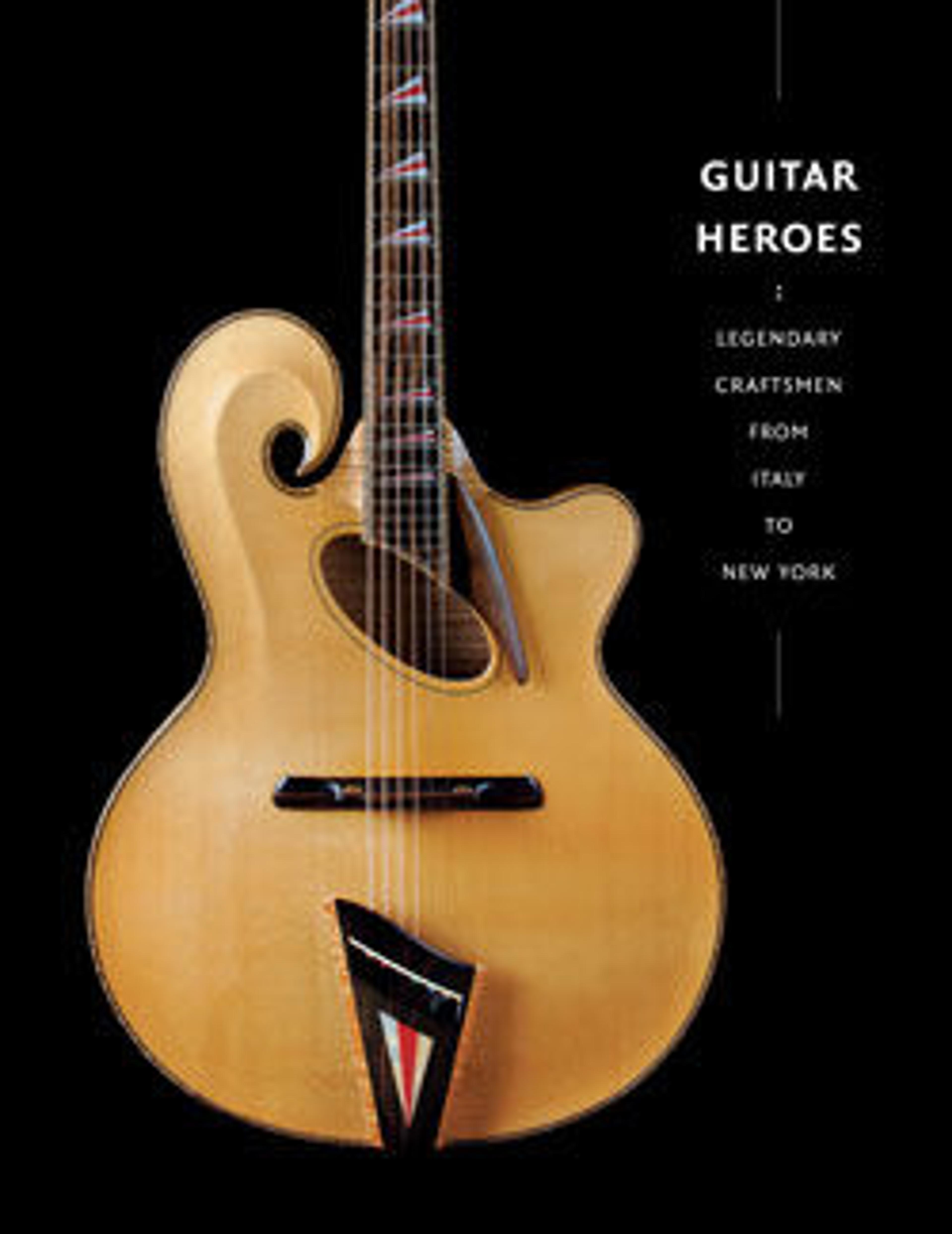Guitar
This highly ornate instrument is the product of German craftsmen resident in Rome. The instrument is quite extravagant, having a complex mosaic of bone, ebony and mahogany on the back and sides, whilst the fingerboard is decorated with mother-of-pearl and ebony. This elaborate design featuring costly materials is beautifully executed, indicating that the workshop of Ertel was probably well known and highly esteemed in the first decades of the eighteenth century. The attribution of this guitar is based on a similar instrument at the Ferdinandeum Museum in Innsbruck, Austria. (Daniel Wheeldon, 2016)
Technical description: Ten-string guitar (five double courses); Two-piece pine soundboard with artificial ivory binding (originally bone) and purfling (inside binding) of b/w/mother-of-pearl diamonds in mastic/w/b; soundhole diameter of 78.78 mm with binding (from inside out) of ebony/w/b/w/mother-of-pearl diamonds in mastic/w/b/w/mother-of-pearl diamonds in mastic/w/b; inlaid mother-of-pearl decoration on the soundboard near the inlaid frets and a larger decoration below the bridge; mustachioed ebony tie bridge (replaced) with ivory top inlaid with mother-of-pearl diamonds in mastic; Back with mosaic of bone, ebony, and mahogany inlaid in wood; mosaic design continues on ribs, back of neck, and back of headstock; ebony fingerboard with large oval pieces of mother-of-pearl inlaid in the center and the binding/purfling pattern matching the soundboard, with ten gut frets tied to the neck and two inlaid ebony frets (not original) on the soundboard; two-piece laminated headstock continuing the decorative mother-of-pearl inlay decoration and binding/purfling design from the fingerboard, ten friction pegs. (Daniel Wheeldon, 2016)
Technical description: Ten-string guitar (five double courses); Two-piece pine soundboard with artificial ivory binding (originally bone) and purfling (inside binding) of b/w/mother-of-pearl diamonds in mastic/w/b; soundhole diameter of 78.78 mm with binding (from inside out) of ebony/w/b/w/mother-of-pearl diamonds in mastic/w/b/w/mother-of-pearl diamonds in mastic/w/b; inlaid mother-of-pearl decoration on the soundboard near the inlaid frets and a larger decoration below the bridge; mustachioed ebony tie bridge (replaced) with ivory top inlaid with mother-of-pearl diamonds in mastic; Back with mosaic of bone, ebony, and mahogany inlaid in wood; mosaic design continues on ribs, back of neck, and back of headstock; ebony fingerboard with large oval pieces of mother-of-pearl inlaid in the center and the binding/purfling pattern matching the soundboard, with ten gut frets tied to the neck and two inlaid ebony frets (not original) on the soundboard; two-piece laminated headstock continuing the decorative mother-of-pearl inlay decoration and binding/purfling design from the fingerboard, ten friction pegs. (Daniel Wheeldon, 2016)
Artwork Details
- Title:Guitar
- Maker:Attributed to Giacomo (Jacob) Ertel (German, ca. 1646–1711 Rome)
- Date:late 17th century
- Geography:Rome, Italy
- Culture:Italian
- Medium:Spruce, ebony, fruitwood, bone, ivory, mother-of-pearl, parchment
- Dimensions:Height: 35 11/16 in. (90.7 cm)
Width (at greatest point): 9 1/2 in. (24.1 cm)
Depth (rib height at bottom): 3 11/16 in. (9.4 cm) - Classification:Chordophone-Lute-plucked-fretted
- Credit Line:Purchase, Rogers Fund, Mrs. Peter Nicholas, University of Chicago Club of New York, Mrs. Henry J. Heinz II and Lowell S. Smith and Sally Sanford Gifts, The Crosby Brown Collection of Musical Instruments, by exchange, and funds from various donors, 1984
- Object Number:1984.225
- Curatorial Department: Musical Instruments
More Artwork
Research Resources
The Met provides unparalleled resources for research and welcomes an international community of students and scholars. The Met's Open Access API is where creators and researchers can connect to the The Met collection. Open Access data and public domain images are available for unrestricted commercial and noncommercial use without permission or fee.
To request images under copyright and other restrictions, please use this Image Request form.
Feedback
We continue to research and examine historical and cultural context for objects in The Met collection. If you have comments or questions about this object record, please contact us using the form below. The Museum looks forward to receiving your comments.
